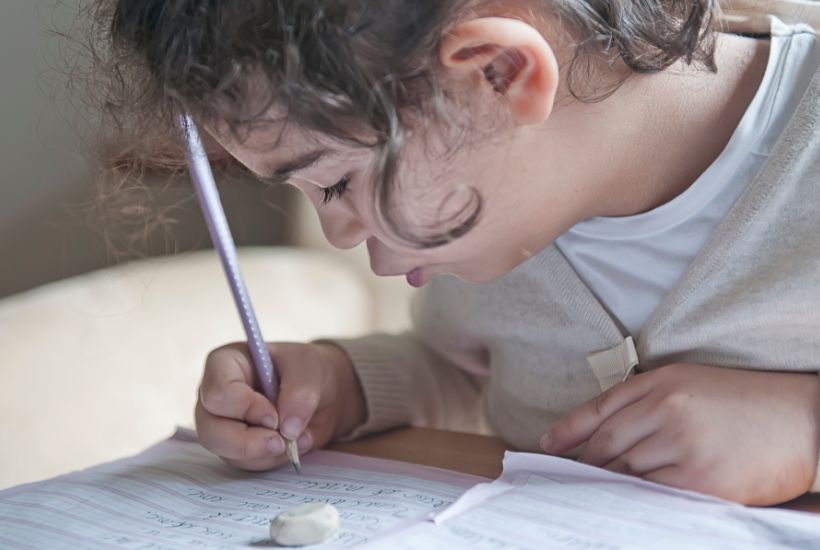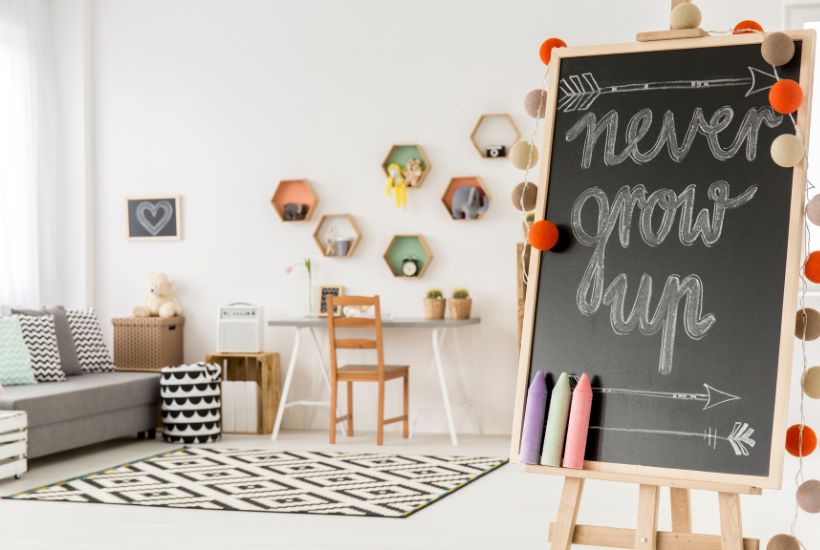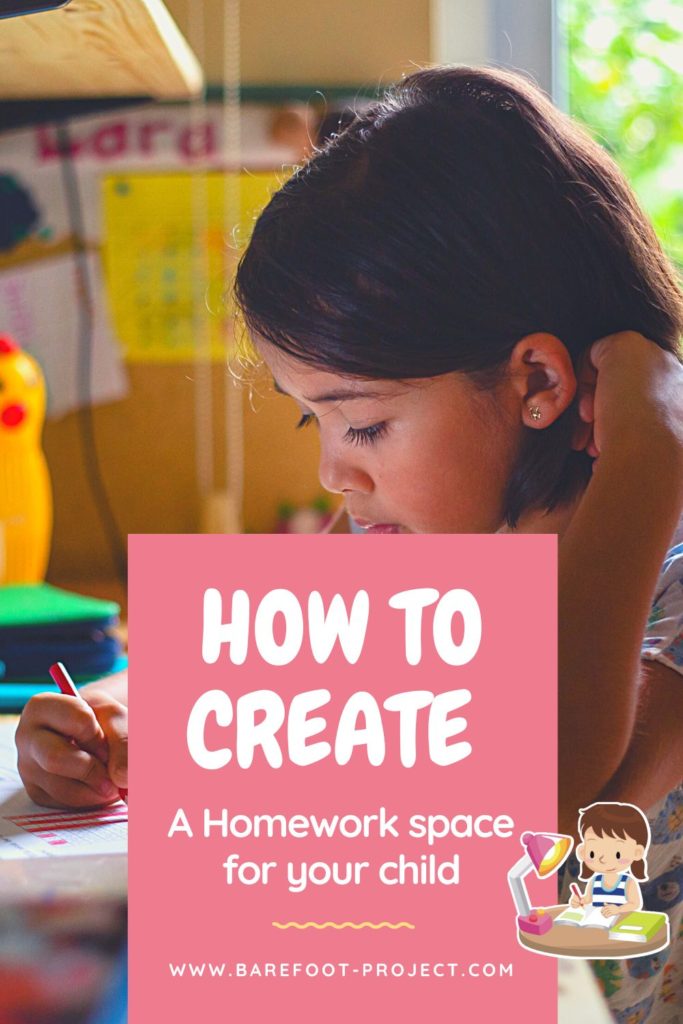How to create a Homework Zone

As our children grow up, they start doing more focused work that demands a different environment than the one they play in and do crafts or run and play. Create a Homework Zone to help them focus, learn better, and ace their exams.
A focus zone is a special place where your child can work on their focused work and school assignments and stay focused.
A homework zone is a designated area in your home where your child can work on school assignments and projects free from distractions.
Creating a homework zone can help your child to focus on his or her studies and minimize distractions.
What does a child do in a work or focus zone?
- Puzzles
- Activity books
- Manipulatives
- Science projects
- Experiments
- Board Games
- Home Work
- Studying
Know your child’s learning styles
There are four different learning styles:
- Visual
- Auditory
- Kinesthetic
- Tactile.

Each of these styles is based on different ways people learn. For example, some people learn best by seeing things, others by hearing things, and others by doing things.
There is no right way to learn; each person has a unique learning style.
Knowing your child’s individual learning style can help you create an environment conducive to learning.
For example, a visual learner child may benefit from having a designated space where he or she can hang up pictures and charts to help remember information.
An auditory learner may prefer to study in a quiet place where they can listen to music or audio recordings of their lessons.
A kinesthetic learner may benefit from having a space where he or she can move around and take breaks to walk or stretch.
And a tactile learner may prefer to have materials that he or she can touch and manipulate while studying.
Tips on how to choose the right location and set up boundaries:
When creating a homework zone, it is essential to consider your child’s individual needs.
For example, some children work better at a desk while others work on the floor or at a kitchen table.
Choose a location for the homework zone based on your child’s preference, and ensure plenty of light and ventilation.

How to set up a homework space or station?
1) Choose a designated area:
Having a specific place for your child to do their homework is essential.
Designating a space will help create a routine and make it easier for you to find things they may need, like pencils, paper, or scissors.
2) Stock it with supplies:
Be sure to have all the necessary supplies, like pencils, pens, paper, glue, tape, etc. You can even create a homework caddy that contains all of these items, so it’s easy to grab and go.
3) Set up a comfortable workspace:
Ensure the area is well-lit and comfortable. This will help to reduce eye strain and fatigue. If your child is working at a desk, be sure the chair is at the correct height so they can sit with good posture.
4) Establish rules and expectations:
Let your child know what is expected of them while working in the homework zone—for example, no TV, music, phones, etc.
5) Encourage regular use:
Help your child develop a routine by doing their homework simultaneously each day. This will also help to minimize distractions and disruptions.
6) Stay organized:
Encourage your child to keep their workspace clean and organized. This will help them to stay focused and on task.
7) Provide support and assistance:
Be available to answer questions or help with complex assignments. However, try not to do the work for them as this will defeat the purpose of the homework zone.
8) Take breaks:
Your child needs to take regular breaks while they are working. This will help to refresh their mind and body to stay focused.
9) Reward good behavior:
Praise your child when they use the homework zone and stay on task. This will help to reinforce positive behavior and encourage them to continue using the space.
How to create a Focus Zone in a tight space
If you don’t have a lot of space in your home, you can create a focus zone in a tight space.
A focus zone can be as simple as having the following:
- A shelf, a basket, or a box to keep their materials in
- A small table or desk to work, a tray, or even the kitchen table
- A comfortable chair
- A noise-canceling headphone if your child can’t focus with distractions
- Relaxing music if your child works better with music
- A lamp to create a well-lit space if you have a small child

Stories from Parents Who Successfully Implemented a Focus Zone in their Home
“My son has always been a very active and playful child, which often resulted in him being distracted while trying to do his school work. After hearing about focus zones from Ola, I decided to create one in our home. It’s been a total game-changer! My son can now focus on his work and finish it without distraction. I’m so happy I made this change!”
Sarah – mother of Two
“I struggled to get my daughter to focus on her school work. She would get easily distracted and start playing with her toys or talking to her friends on the phone. I heard about focus zones from a friend and decided to create one in our home. It was a bit challenging initially, but with patience and guidance, my daughter could stay focused and finish her work. I’m so happy I made this change!”
Katherine – mother of one
Conclusion
The importance of a focus zone can’t be stressed enough. This is because it will help your child stay focused and avoid distractions while working on their school assignments or trying to get some studying done.
Creating a focus zone in your home is easy; with these tips, you can help your child stay focused while working in this area. Praise them when they reach their goals and ensure the environment around their focus zone is free of distractions.

To create a focus zone, you will need the following:
- A quiet, distraction-free location in your home that is large enough to fit a desk or table
- Well-lit area
- Comfortable chair
- Organizers for their materials
- School supplies
- Sign or poster reminding your child to stay focused
- Snacks and drinks
- Pomodoro technique (optional)
- Realistic goals
- Calm and noise-free environment
By following these tips, you can create a successful focus zone for your child to help them stay on task and avoid distractions. Good luck!







2 Comments
Comments are closed.